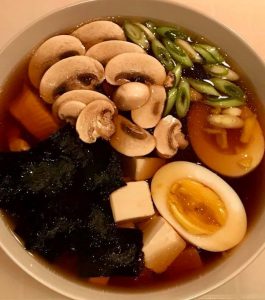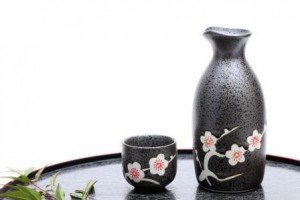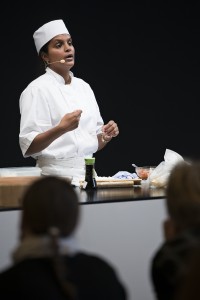In Denmark, we have a tradition of eating fish, especially cod.
In recent years, sushi has become a more popular eat. There are many families who choose to eat sushi and drink champagne for this special evening.
In Japan, a very special dinner is eaten Osechi Rykori, which dates from the Nara period (710-794). A classic Osechi Rykori consists of 13 less cold dishes which are served at once. The dishes will be served in a unique bento box, which is only used at special events a Jubako box.
The dishes are very different. They will typically consist of seafood cooked in different ways, eggs, soybeans, fermented vegetables and vegetables cooked in different ways and a dessert.
There are also more and more Japanese families who have added sushi bento box consisting of a few sushi rolls and nigiri.
Read more about Sushi chef & sake sommelier Zoë Escher
_
Zoë has lectured and held sushi courses for A. P. Moller – Maersk, Hugo Boss Nordic, Novo Nordisk, Novartis, Velux, Gorrissen Federspiel, Beierholm revision, Elbek & Vejrup and many more.








